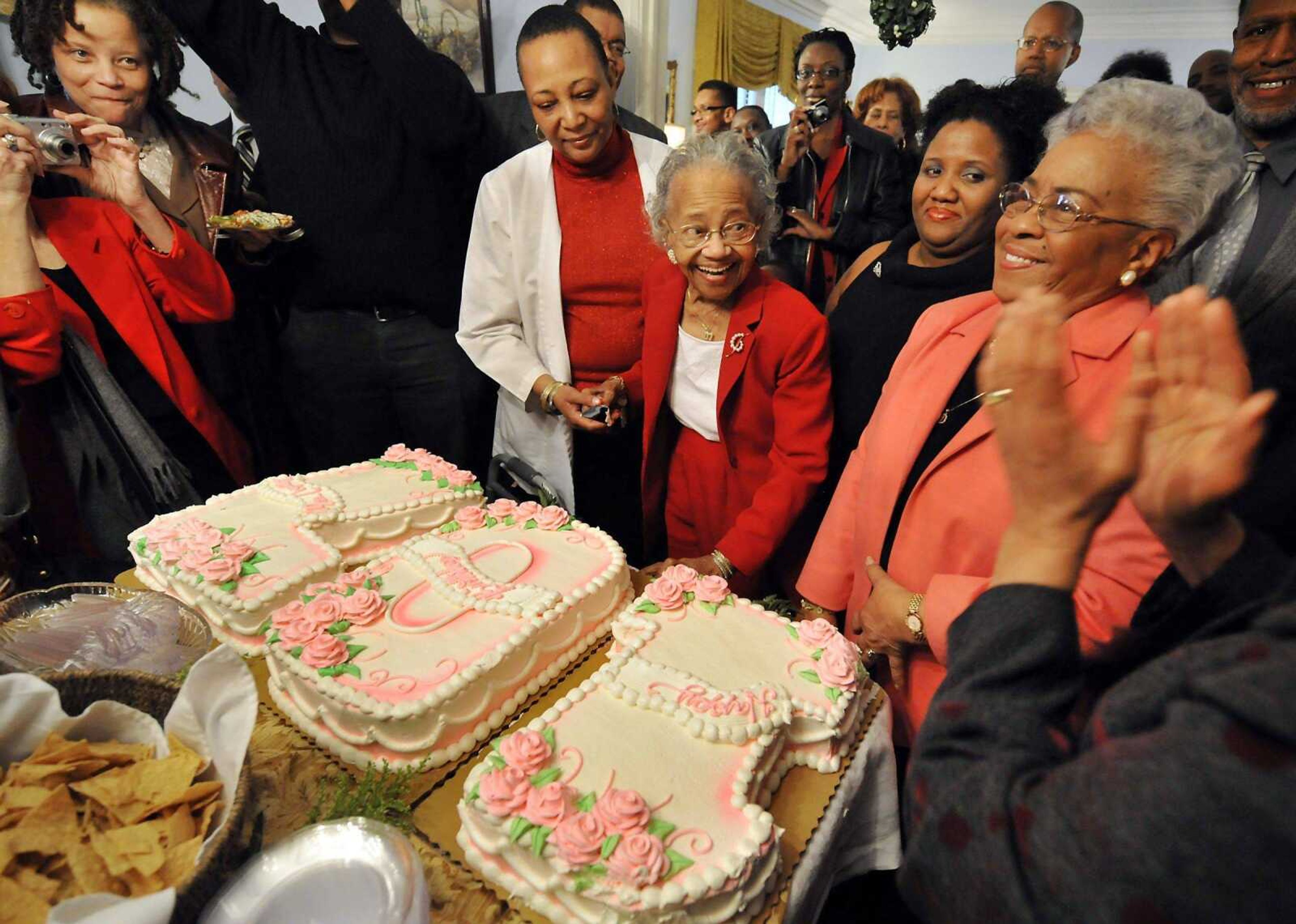WASHINGTON -- It's starting to get crowded in the 100-year-olds' club.
Once virtually nonexistent, the world's population of centenarians is projected to reach nearly 6 million by midcentury. That's pushing the median age toward 50 in many developed nations and challenging views of what it means to be old and middle-age.
The number of centenarians already has jumped from an estimated few thousand in 1950 to more than 340,000 worldwide today, with the highest concentrations in the U.S. and Japan, according to the latest Census Bureau figures and a report being released today by the National Institute on Aging.
Their numbers are projected to grow at more than 20 times the rates of the total population by 2050, making them the fastest growing age segment.
Demographers attribute booming long-livers to decades of medical advances and improved diets, which have reduced heart disease and stroke. Genetics and lifestyle also play a factor. So, too, do doctors who are more willing to aggressively treat the health problems of people once considered too old for such care.
Japan, known for its low-fat staples of fish and rice, will have the most centenarians in 2050 -- 627,000, or nearly 1 percent of its total population, according to census estimates.
Italy, Greece, Monaco and Singapore, aided by their temperate climates, also will have sizable shares of centenarians, most notably among women.
In the U.S., centenarians are expected to increase from 75,000 to more than 600,000 by midcentury. Those primarily are baby boomers hitting the 100-year mark. Their population growth could add to rising government costs for the strained Medicare and Social Security programs.
Expensive care
"The implications are more than considerable, and it depends on whether you're healthy or sick," said Dr. Robert N. Butler, president and chief executive of the International Longevity Center, a New York-based not-for-profit group specializing in aging. "Healthy centenarians are not a problem, and many are. But if you have a demented, frail centenarian, they can be very expensive."
Butler predicted a surge in demand in the U.S. for nursing homes, assisted living centers and other special housing, given the wave of aging boomers who will be at increased risk for Alzheimer's disease. He said federal and state governments may have to reevaluate retirement benefits, age limits on driving and Medicare coverage as they struggle to redefine what it means to be old.
"We don't have a major coordinating figure such as a White House counselor to reach across all departments, and we need one," Butler said.
A recent Pew Research Center poll of 2,969 adults found that Americans, on average, would like to live to 89; the current life span is 78. One in five people would like to live past 90, while 8 percent would like to pass the century mark.
"Our motto is that dancing boomers are forever young," said Julie Dahlman, 62, co-founder of a 300-member boomers social club in Portland, Ore., that hosts dances, golf outings, hikes and wine tastings. Dahlman said that after caring for a 92-year-old mother with Alzheimer's, she knew it was important to live life to its fullest.
"I'm silly with my girlfriends, and we still have a slumber party once in a while," Dahlman said. "We're not going to go away quietly."
---
On the Net:
National Institute on Aging: http://www.nia.nih.gov/
Census Bureau: http://www.census.gov/
Connect with the Southeast Missourian Newsroom:
For corrections to this story or other insights for the editor, click here. To submit a letter to the editor, click here. To learn about the Southeast Missourian’s AI Policy, click here.







